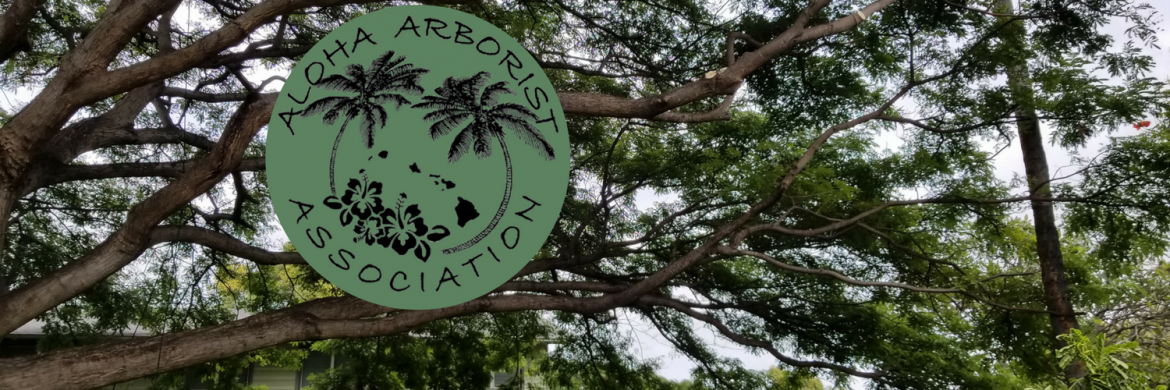- Host: Hibiscus and others, most commonly Hibiscus rosa-sinensis L.
- Distribution: Particularly in high rainfall areas like Kurtistown on the Big Island
- Symptoms: Lesions from 2-10 mmin diameter, usually surrounded by a two-color border (black next to tan-colored necrotic center and purplish-red next to the black)
- Dispersion: Primarily by splashing or windblown rain. Infects through wounds and natural openings like stomata.
- Management: A combination of the following: 1) Starting new plants from pathogen-free cuttings, 2) planting resistant cultivars, 3) avoiding using susceptible hibiscus in high-rainfall areas, 4) modifying fertilizer practices, 5) sanitation through the periodic removal of diseased plant organs and picking up and destroying fallen leaves. Foliar sprays of bactericides won’t usually control this disease in high-rainfall areas.
Source: Bacterial Leaf Spot of Hibiscus in Hawai’i, Scot Nelson, University of Hawaii, College of Tropical Agriculture and Human Resources, Plant Diseases PD-72, July 2011.
Bacterial leaf spot of hibiscus. Photo by Dr. Scot Nelson, UH CTAHR.
